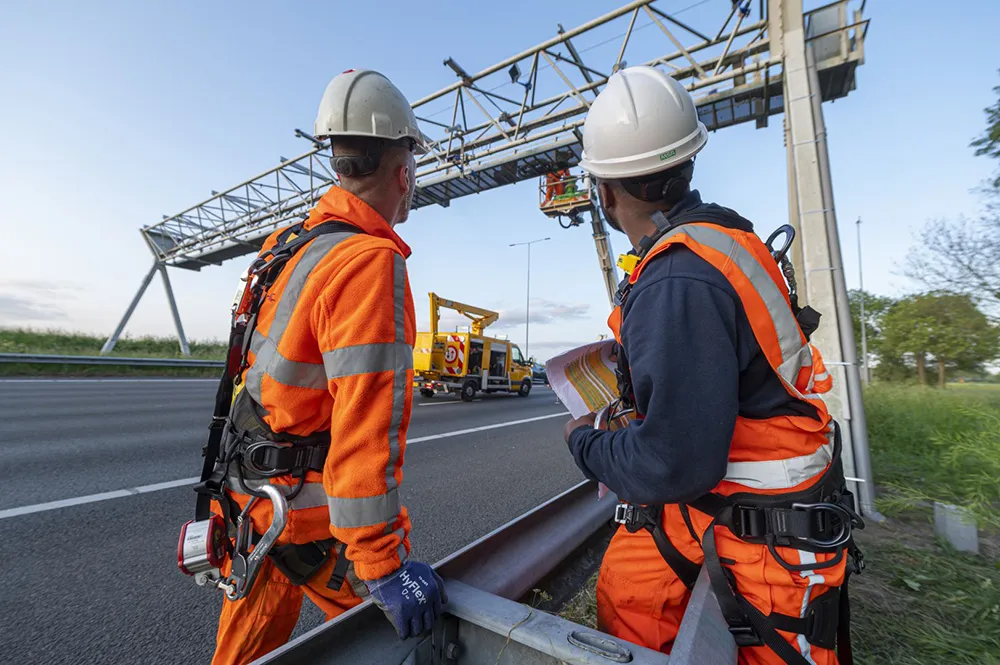The Audit Office of New South Wales (NSW) has found that although the Roads and Maritime Services and Transport for NSW has deployed many controls to protect traffic management systems, these would have been only partially effective in detecting and preventing incidents and unlikely to support a timely response. There was a potential for unauthorised access to sensitive information and systems that could have disrupted traffic.
Until Roads and Maritime Services’ IT disaster recovery site is fully commiss
January 22, 2015
Read time: 2 mins
The Audit Office of New South Wales (NSW) has found that although the 6722 Roads and Maritime Services and Transport for NSW has deployed many controls to protect traffic management systems, these would have been only partially effective in detecting and preventing incidents and unlikely to support a timely response. There was a potential for unauthorised access to sensitive information and systems that could have disrupted traffic.
Until Roads and Maritime Services’ IT disaster recovery site is fully commissioned, a disaster involving the main data centre is likely to lead to higher congestion in the short-term as traffic controllers would be operating on a regional basis without the benefit of the Traffic Management Centre.
'Roads and Maritime Services worked well with the Audit Office throughout the audit and have already started acting on the recommendations made in the report,' said the Auditor-General Grant Hehir.
'Other government agencies with critical infrastructure should also seek to determine whether there are lessons from this audit that may apply to their organisations,' he added.
Until Roads and Maritime Services’ IT disaster recovery site is fully commissioned, a disaster involving the main data centre is likely to lead to higher congestion in the short-term as traffic controllers would be operating on a regional basis without the benefit of the Traffic Management Centre.
'Roads and Maritime Services worked well with the Audit Office throughout the audit and have already started acting on the recommendations made in the report,' said the Auditor-General Grant Hehir.
'Other government agencies with critical infrastructure should also seek to determine whether there are lessons from this audit that may apply to their organisations,' he added.










